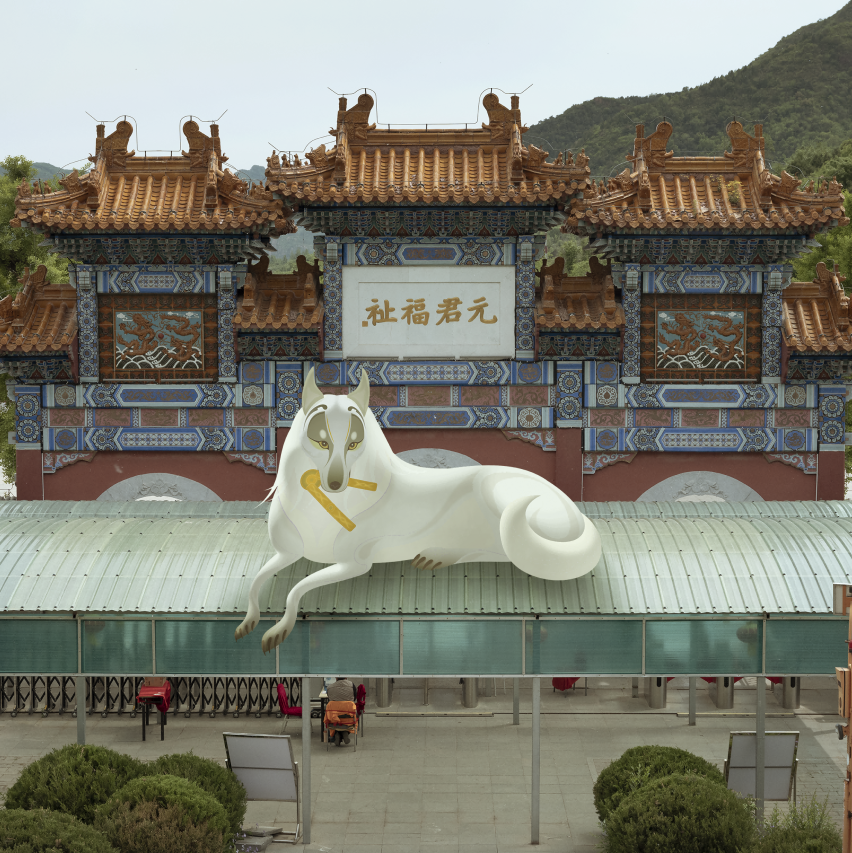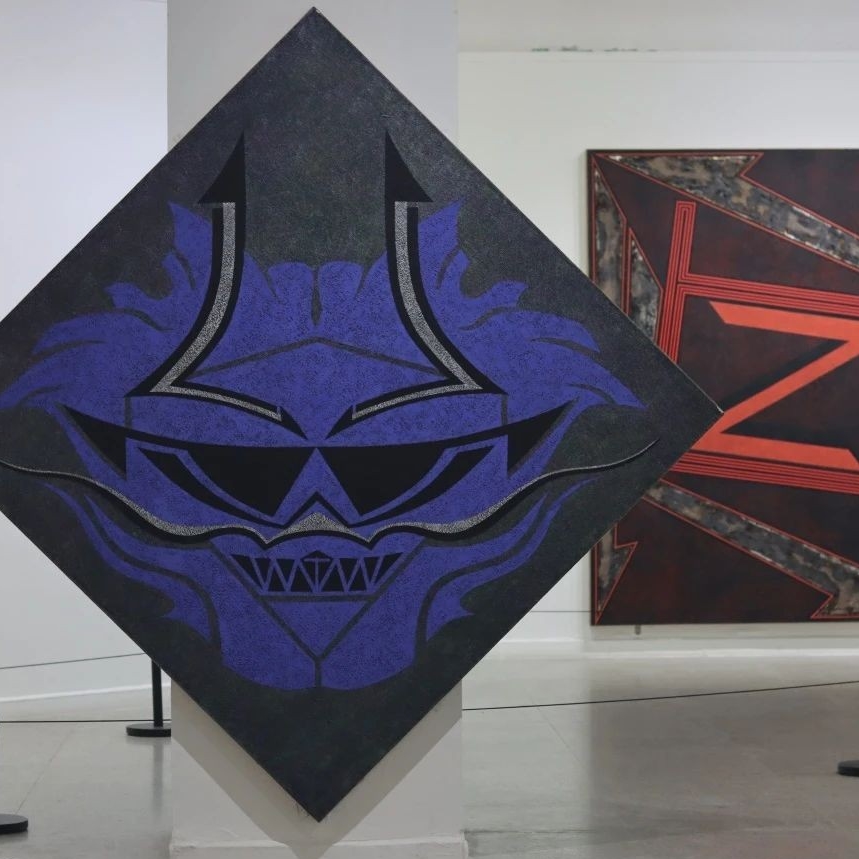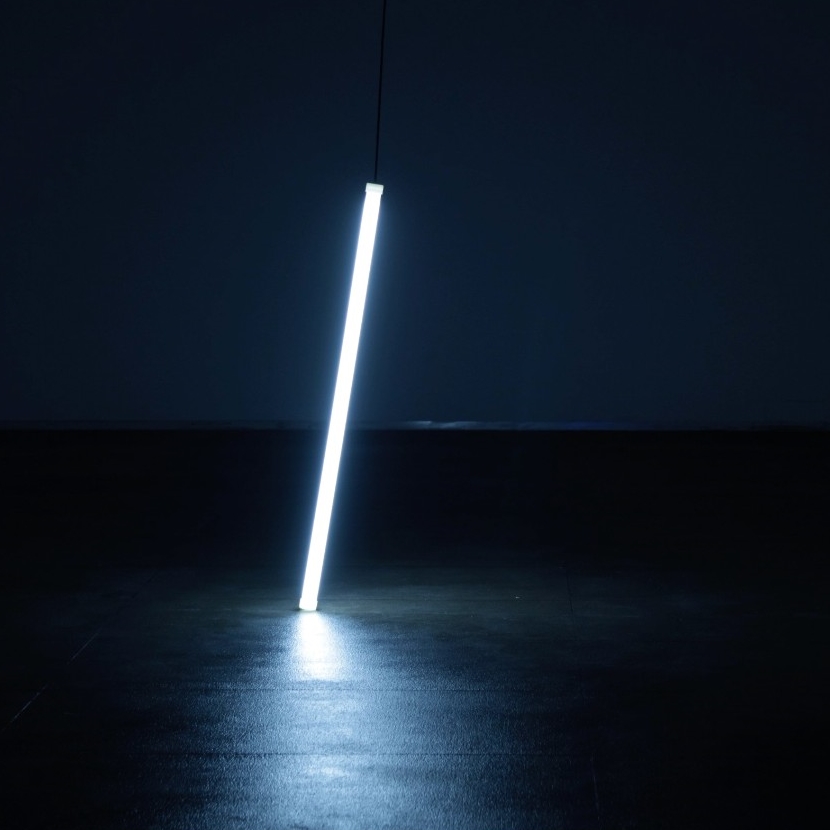Being the first specialized art museum built after the founding of People’s Republic of China, CAFA Art Museum (abbr. CAFAM) has gradually formed its own characteristics and cultural spirit over its long history. In the course of its nearly 80-year development spanning various development periods, CAFAM has integrated multiple functions such as exhibition display, academic research, teaching interaction, collection restoration, public education, international communication, and intellectual dissemination. CAFAM was selected into the first group of national key art museums at the end of 2010, and it plays an important role in spreading art civilization and epochal culture.

In a defining period of development, through which aspects of work will CAFAM continue its own features, to upgrade its influence, while responding to the propositions put forward by the new era? How to further deepen its core public education and aesthetic education function and lead its exemplary significance as a national art museum? In addition, what can be expected to the future development of CAFAM? Prof. Jin Jun, as the new Director of CAFAM, will look forward to the future work direction and core goals of CAFAM and discuss the opportunities and challenges in this exclusive interview.

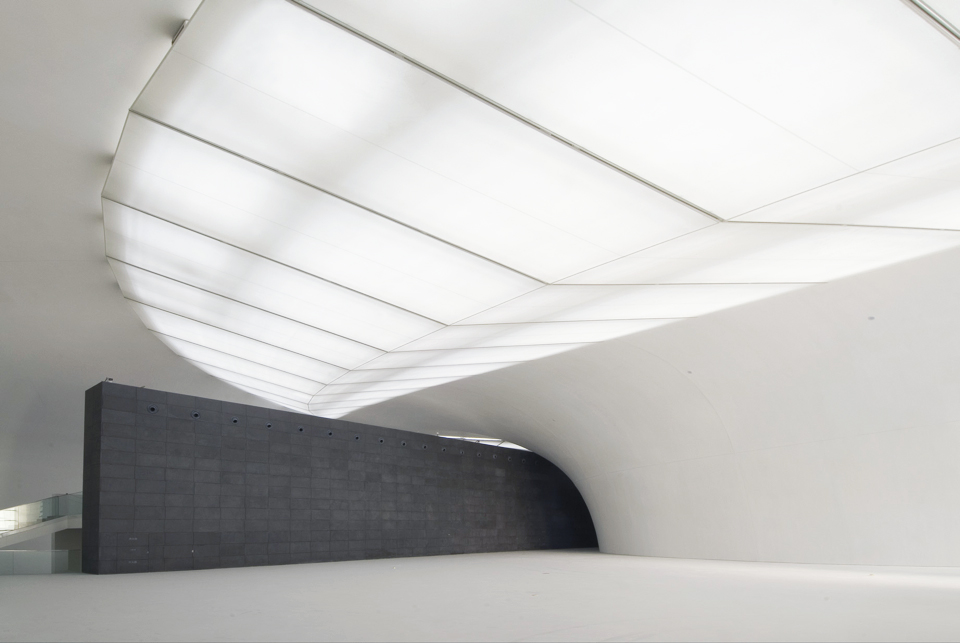

Portrait of Jin Jun, Director of CAFA Art Museum
Q: First of all, please share with us what new trends are going to be found at CAFAM in the near future? What’s new in its activities and exhibitions?
Jin Jun: The 2024 schedule of CAFAM has been formulated in the past year. According to the established plan, these exhibitions will be gradually promoted in the first half of the year. Our successive directors and teams have made great contributions to the development and construction of the CAFAM, forming its fundamental characteristics and exerting certain influence in the art field. Our team hopes to continue to improve and carry out some specific work based on this excellent facility. In the future, we will continue to discuss new possibilities with our colleagues at the museum. First of all, we hope to continue to achieve the main development goal of CAFAM, which is to strive to become a high-quality and specialized modern art museum; in addition, CAFAM relies on the profound source of the Central Academy of Fine Arts, one of the most prestigious art schools in China, thus we can accomplish many important tasks with the assistance of the academic and research support from CAFA.
The development history of the Central Academy of Fine Arts in the past century is concentrated in the collection of CAFAM, especially in the development of Chinese art education with rich connotation and profound value. How to continue to display the classics in the collection and show the development of Chinese arts will be one of the key goals of our work. In addition, we will continue to enhance the service capabilities as a public art platform, and improve the quality and level of services to the public. On the one hand, it is necessary to display the core classic tradition of CAFAM, on the other hand we will continue to explore the cutting edge of artistic development, especially the integration of Sci-Tech and art. In the future, we will also explore the integration of artistic innovation and social industry, which is not only the innovation of art, but also the direction of integration with industry.
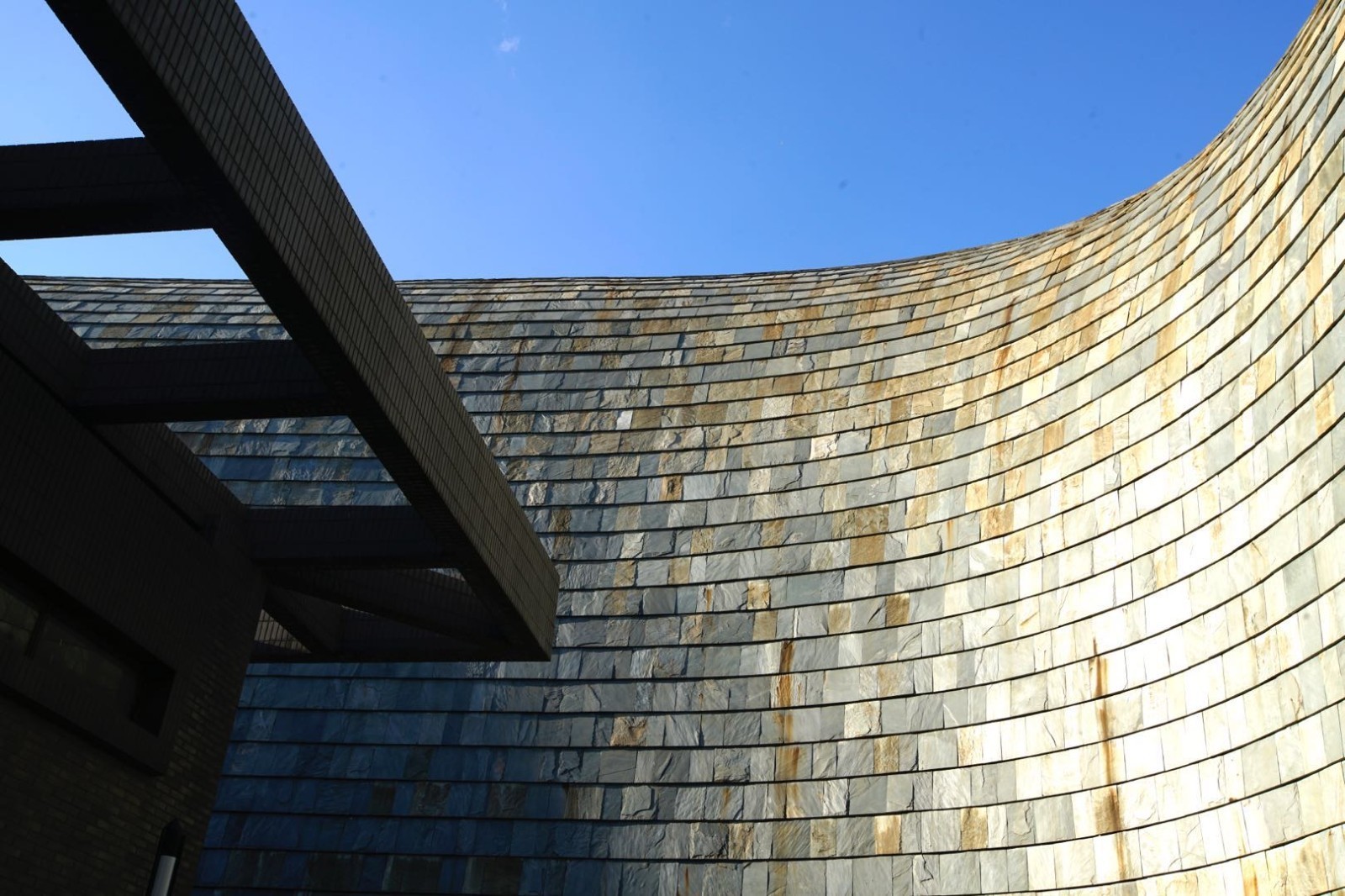
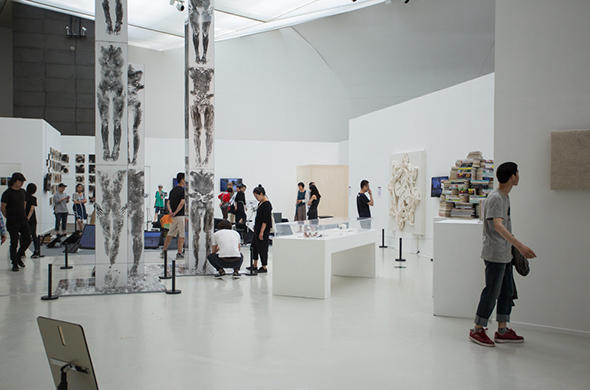
Q: In a defining period of development, through which aspects of work will CAFAM continue its own features, to upgrade its influence?
Jin Jun: I hope to emphasize the display on the core values of Chinese art education represented by the Central Academy of Fine Arts, including the classic values of culture, history and artistic tradition. On the other hand, CAFAM will also be committed to promoting the service function and openness value as a public art platform, including the function as a teaching and research service platform at CAFA, as well as the future promotion of cutting-edge exploration of Sci-Tech and art. At the same time, as a public art platform, CAFAM will continue to deepen international exchanges, including further cooperation with world-class museums and artists, and connecting more art resources through official or private mechanisms. More profound cooperation with various art museums, museums and other institutions in China will also be carried out simultaneously.



Q: CAFAM is highly respected for its long history. What do you think of its own characteristics and cultural spirit? And how will it respond to the new propositions put forward by the new epoch with its own features?
Jin Jun: The featured collection of CAFAM is its core value. The collection of the CAFAM does not only represent the history of art development at CAFA, but it also reflects the panorama of art education, art developments and changes in modern China. These classic works show the creative spirit and educational philosophy of artists. Being a public art education platform, CAFAM has the responsibility to present the mainstream appearance and historical evolution of Chinese classic arts to the public. In particular, the outstanding artists and art educators cultivated by the Central Academy of Fine Arts, whose works reflect the diversity and multi-dimensional style of Chinese art education. Many artists have graduated from the Central Academy of Fine Arts work for art schools across the country, spreading the creation and development of modern Chinese art. Therefore, the collection of CAFAM displays its more comprehensive artistic core and characteristics. In addition, it is closely related to the various disciplines, teaching processes, and academic research at CAFA. CAFAM helps fulfill teaching needs and realize the value of the public platform with updated service capabilities.

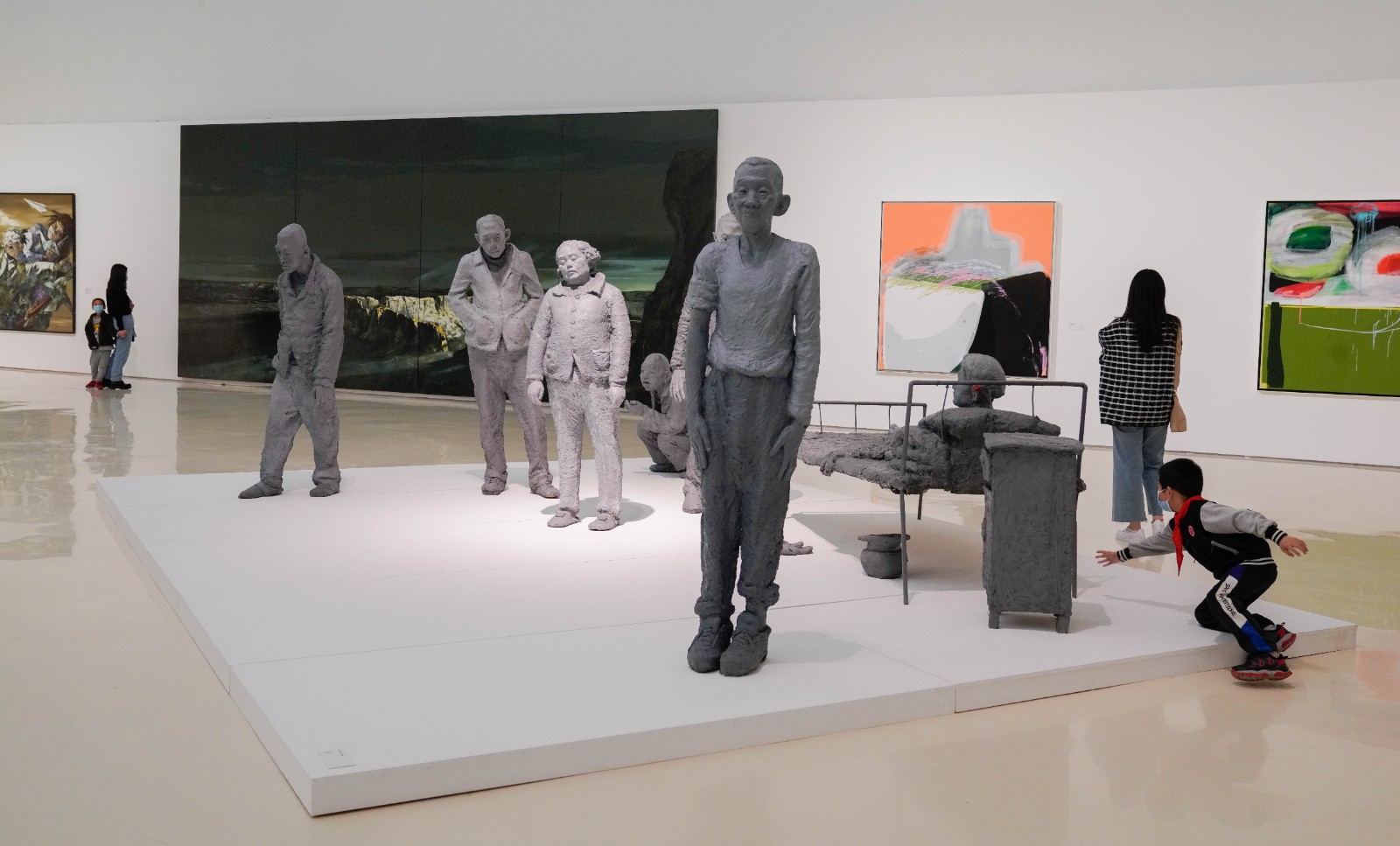
Q: Being an art museum located within an academy, how will CAFAM set an example for national-level art museums?
Jin Jun: As a national key art museum and an academic art museum, it has a certain influence on other regional art museums. The Central Academy of Fine Arts is the first prestigious art school in China to invest in modern art education. It has gradually developed and grown over its century-old history and has made great important contributions to the country. Students and teachers cultivated by the Central Academy of Fine Arts are distributed across the country, playing an important role in communication. Therefore, CAFAM needs to continue to pursue higher capabilities and standards, matching the benchmark for world-class art institutions, while focusing on the display of the key content of CAFAM and the construction of a public art education platform. In addition, it is the basic responsibility of CAFAM to devote itself to serving teaching and the public, and promoting China’s core cultural values. CAFAM pursues higher-quality presentation and more comprehensive development, paying special attention to the improvement of new quality productivity and the construction of cultural confidence. Integrating with society and the public through such a platform, and integrating with the technology industry, is a current working direction of CAFAM.


Q: CAFAM also undertakes the function of providing aesthetic education services to students and society, such as thesis shows during the graduation season. In the future, how will CAFAM continue to deepen its public education and aesthetic education function?
Jin Jun: Public art education is an integral part of CAFAM. We will continue to strengthen promotion efforts, design and prepare more public education courses and projects that are more suitable for different categories of audiences, to achieve better dissemination effect and convey excellent classic culture and arts. Our work aims to make it easier for the public to understand, appreciate and experience the quality and cultural classics of Chinese arts. In public education, we will explore various new ways, including a better connection with society, making better use of technology and innovative methods, launching new public education projects at CAFAM, and providing better services for more audiences.
Q: CAFAM is esteemed to be an internationally renowned public art platform, how will it continue its international characteristics in the future? Please share your selection strategy for future international exhibitions.
Jin Jun: Art has always transcended national boundaries and is an important part of global cultural exchanges. In the future, we hope to be able to display more outstanding works by international artists at CAFAM, including traditional classic arts, modern and contemporary artworks with exploratory and artistic value. Through contact and cooperation with other art museums and institutions, we will establish connections with multi-party cultural institutions, promote the exchange and mutual visits of more artworks and artists, and further form a more professional and daily mechanism.



Q: As far as we know, you have rich experience in planning digital media art exhibitions, since you have an interdisciplinary education and work background in art, design, Sci-Tech, etc.. How do you consider the future integration of art and Sci-Tech in art museums? Will this become an important direction for the future development of CAFAM?
Jin Jun: CAFAM has been exploring cutting-edge art, and has held many exhibitions on art, Sci-Tech, media art, etc. in the past. In the future, we will continue to promote the innovative display of art and Sci-Tech, and create a virtual interactive communication platform through digital presentation. This will be a multi-faceted exploration direction, including the way that works are displayed, public communication methods, art management, etc.. CAFAM will continue to explore and promote how to integrate Sci-Tech into society, industry and art production. The digital display of art will also be diversified, including the display methods of new facilities and the construction of digital galleries. In this way, we look forward to working with artists, designers and the public to promote the new quality development and innovative presentation of modern art museums.



Q: On the threshold of new development opportunities, you become the new leader of CAFAM, please share your opinion on the opportunities and challenges that CAFAM will embrace.
Jin Jun: CAFAM has undergone decades of evolution. As a modern art institution, it has been collecting and organizing the art essence from its early days. The establishment of the original CAFA Exhibition Hall was of great significance in the period since the founding of People’s Republic of China, and it also laid a solid foundation for the development of the CAFAM in the new century. Today, promoting the development of CAFAM still faces new challenges, including changes in the social background and economic situations, which have varying degrees of impact on the cultural undertakings. How to further develop art and cultural undertakings requires more thinking and practice. However, the current social understanding of culture, aesthetic education and aesthetics, as well as the general trend of the integration of artistic innovation and Sci-Tech innovation, have brought us new opportunities. The development of science and technology and the application of new technologies will promote better development methods and efficiency in the art field. In the face of challenges and opportunities, our colleagues in the art industry need to jointly explore to form a more inclusive social environment and atmosphere, meanwhile promoting the better integration of cultural undertakings into social development and striving to achieve sustained progress in the development of new quality productive forces.
Text (CN) by Du Mengxi and Jia Qianfan, trans. (EN) by Sue /Publicity Department
Image Courtesy of CAFA Art Museum.


